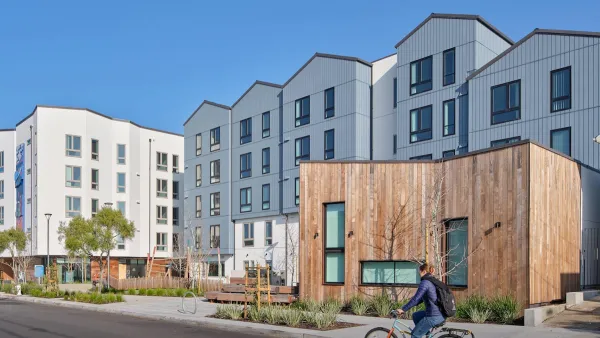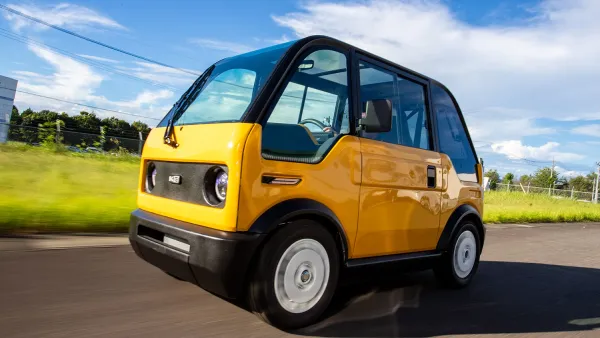A history of speedbumps have hindered transit funding in Minnesota, but after the Interstate 35W bridge collapse, the state's roads may finally get the maintenance money they need.
"Over the past 20 years, Minnesota's transportation funding for roads, bridges and transit has failed to keep pace with needs -- a point on which a broad consensus had emerged even before the collapse of the Interstate 35W bridge. In the aftermath of that disaster, there are signs that longstanding disagreements over how to raise and where to spend more transportation revenue may at last be resolved."
"With every passing year, Minnesota faces an estimated $1.7 billion shortfall in funding needed to meet demands for maintenance, repairs and improvements. This is no pork-barrel pol's wish list. The projects on it are the hard-headed calculation of inspectors, engineers and analysts."
"A 10-year review of spending at the Minnesota Department of Transportation (MnDOT) shows that money for road and bridge construction has gone up every single year, no matter the state's economic straits. In 1997 the state spent $368 million on road and bridge construction. By 2007, it had soared to $760 million."
"Compare that with operation and maintenance of said roads and bridges, which stood at $213 million in 1997 and, by 2007, with a few dips and peaks, hit $218 million."
FULL STORY: Transportation money: Why the roadblocks?

Planetizen Federal Action Tracker
A weekly monitor of how Trump’s orders and actions are impacting planners and planning in America.

San Francisco's School District Spent $105M To Build Affordable Housing for Teachers — And That's Just the Beginning
SFUSD joins a growing list of school districts using their land holdings to address housing affordability challenges faced by their own employees.

The Tiny, Adorable $7,000 Car Turning Japan Onto EVs
The single seat Mibot charges from a regular plug as quickly as an iPad, and is about half the price of an average EV.

Trump Approves Futuristic Automated Texas-Mexico Cargo Corridor
The project could remove tens of thousands of commercial trucks from roadways.

Austin's First Single Stair Apartment Building is Officially Underway
Eliminating the requirement for two staircases in multi-story residential buildings lets developers use smaller lots and more flexible designs to create denser housing.

Atlanta Bus System Redesign Will Nearly Triple Access
MARTA's Next Gen Bus Network will retool over 100 bus routes, expand frequent service.
Urban Design for Planners 1: Software Tools
This six-course series explores essential urban design concepts using open source software and equips planners with the tools they need to participate fully in the urban design process.
Planning for Universal Design
Learn the tools for implementing Universal Design in planning regulations.
Smith Gee Studio
City of Charlotte
City of Camden Redevelopment Agency
City of Astoria
Transportation Research & Education Center (TREC) at Portland State University
City of Camden Redevelopment Agency
Municipality of Princeton (NJ)


























